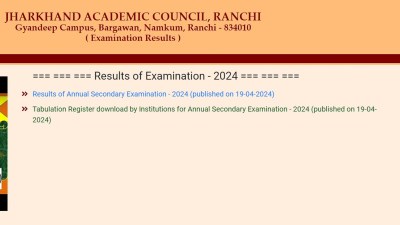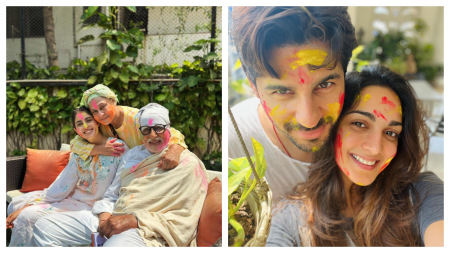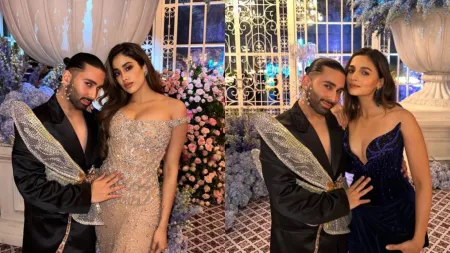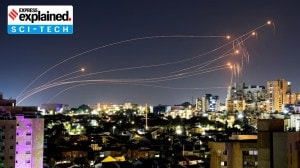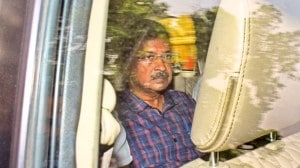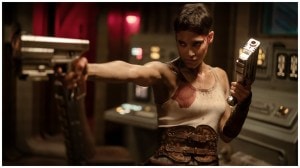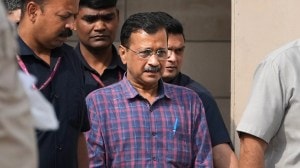- India
- International
10 romantic hits that will never go out of fashion
We look at 10 Bollywood love stories that have thrown some of the most memorable cinematic images our way.
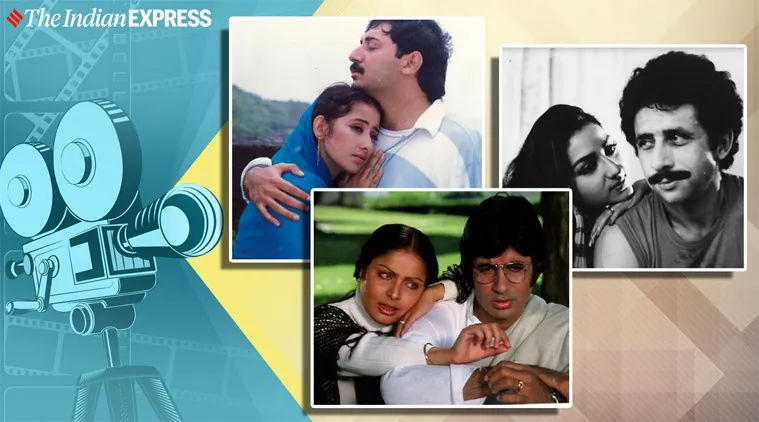 Most Bollywood buffs have a large memory bank to draw from when it comes to romantic movies.
Most Bollywood buffs have a large memory bank to draw from when it comes to romantic movies.
Life on Hindi screen centres on music. More precisely, when a Hindi film hero is in love — or just lost his love — it’s a time-tested cue to a song. Guitars, saxophones (Shammi Kapoor in Teesri Manzil), violins (Raj Kapoor in Barsaat) and pianos are the favourite instruments of love. From the Khans and Kapoors on guitar (SRK strumming one in Jab Tak Hai Jaan or his famous mandolin scene in DDLJ, Ranbir Kapoor in “Sadda haq,” Aamir Khan in “Papa kehte hain” and Salman Khan in “Oh oh jaane jaana”) to the ubiquitous piano played by Bollywood stars over the years (Sriram Raghavan’s Andhadhun had compiled a dummy’s guide to the piano players of Bollywood on its end credit, but was reportedly dropped for copyright reasons), love and music are Siamese twins on Hindi screens. From its earliest days, Hindi cinema’s entire language and idiom has been built on love, romance and music. It has taught generations how to love, as young men and women have emulated Bollywood imagination and imagery to further their own romantic careers. Granted, it’s usually been a male industry with the hero Krishnafied for his excesses. This is, oddly, in sharp contrast to the Western examples of the romantic novel, a genre that expressed the female aspirations and desires and were lapped up by millions of female readers. Hollywood? That deserves its own list, what with American screens having provided the audiences with some of the most alluring heroines who have dominated epics of the romantic genre. Think of Scarlett O’Hara (Vivien Leigh in Gone With The Wind), Ilsa Lund (Ingrid Bergman in Casablanca), Vivian Ward (Julia Roberts in Pretty Woman) and Sally Albright (Meg Ryan in When Harry Met Sally) and Rose DeWitt Bukater (Kate Winslet in Titanic).
Most Bollywood films are “romances” unless otherwise specified. That self-explanatory disclaimer says everything that you need to know about Hindi films. Our speciality being romance, we have, in the course of a century, served it in all its varied combination, permutation and circumambulation. The last being obscenely true, for cinema-watching in India is more sacred than secret service. Boy meets girl has been an essential part of Hindi cinema. Almost all of them musicals. Add Dilip Kumar to it and it takes on the colour of ‘pathos and longing.’ With Dev Anand, it’s breezy-wheezy, smoking-away-life’s-troubles joyful ride. Guru Dutt repurposed romance for endless suffering and poetic doom while Raj Kapoor injected equal parts passion and innocence into love-on-screen. Then came, Shammi Kapoor’s cartoonish excesses. He jumped and yelled, in primitive suaveness that augured well for a generation anaesthetised by Western counterculture and homegrown youth revolution. Today, even as the cities have moved on to the sinister idea of love, reintroduced by Anurag Kashyap and others in a smart repackaging of the Guru Dutt misery and the stray Imtiaz Ali musings on Rumi, the small town India continues to feed on commercial Bollywood for its love diet. This is the world of their dreams and in this world, romantic possibilities, in all its colour, songs and melodrama, are given flight.
Does our romance borrow from our own established mythological traditions? Yes, if you ask Devdutt Pattanaik, he might trace Hindi film romance all the way down to Krishna’s raasleela and the more classical courtship between him and Radha. Of course, Bollywood has deployed Krishna-Radha imagery countless times (from Amar and Mughal-E-Azam to Lagaan to Jab Harry Met Sejal). And then, you have the Islamic-Persian tradition of ghazals, in which Khusro, Ghalib and Mir and their idea of love is celebrated.
Most Bollywood buffs have a large memory bank to draw from when it comes to romantic movies. It’s telling that Alam Ara, the first talkie made in 1931, had at its centre a powerful love story. Since then, to fall in love on screen is a promise of a good time. One Indian Web site declares that the romantic genre first “gained recognition with Devdas in 1937 starring K.L. Saigal.” Remade by Bimal Roy in 1955, Dilip Kumar later immortalised the notorious loser in the new version. The 1950s was a high noon for romantic stars. Raj Kapoor’s Shree 420 and Awaara had idealistic charm. In his inimitable debonair way, Dev Anand redefined romance with his urbane style. Whether as a black marketer, taxi driver, small-time hustler or a cop, he was unfailingly suave but always unmistakably Dev Anand. Of the women, Madhubala, Meena Kumari, Waheeda Rehman, Nargis and Nutan brought their own powerful presences to screen. We can find their traces in latter-day leading ladies like Hema Malini, Sridevi, Madhuri Dixit, Kajol, Aishwarya Rai and Deepika Padukone.
By the 1970s, a new romantic supernova had exploded. His name was Rajesh Khanna. But as his luck ran out, the romantic hero had to be grounded for a while. In Indira’s India, with Emergency, wars, rampant unemployment and a sluggish economy going nowhere, was there even a need for romance? This was no time for love. The widespread angst led to the creation of the Angry Young Man/Amitabh Bachchan. For the first time in Hindi cinema, the hero didn’t romance, didn’t have a song and had no time for the kind of bonhomie and fun that a Hindi film protagonist is fated to enjoy. And yet, in the ’70s, Yash Chopra and Manmohan Desai managed to imagine the lanky Bachchan as a romantic star, paired often with Rekha. The same era saw the boyish Rishi Kapoor bouncing about in musicals. By the time we come to the Khans, most of our greatest mushiest moments were taking place in Swiss Alps, thanks in large part to Shah Rukh Khan and Aditya Chopra. Aamir, Salman and Shah Rukh Khan (even Saif Ali Khan, grudgingly) have supplied their own set of oft-parodied images of romance. Today, leading stars like Deepika Padukone, Ranbir Kapoor, Ranveer Singh, Varun Dhawan, Sonam Kapoor and plenty others are drawing on romance to appeal to a new generation of viewers. Are they breathing new life into the genre? Maybe. Maybe not. One can argue that not much experimentation has occurred in this genre, but even today, love and romance is a safe bet, both for established stars and new talent. A Bollywood love story seldom goes wrong, unless you are Salman Khan hopelessly trying to launch your brother-in-law in some dud called Loveyatri.

As part of our ongoing ‘100 Bollywood movies to watch in your lifetime’ series, here’s our guide to 10 romantic hits that will never go out of fashion.
Dev.D (2009)
‘Emosanal Atyachar’ — Patna Ka Presley
 Abhay Deol in Dev D. (Express archive photo)
Abhay Deol in Dev D. (Express archive photo)
Welcome to love in the time of Anurag Kashyap. Before this three-tiered romance in two-tiered India, few believed in Kashyap’s — the man who made Black Friday the blackest shade of black and esoteric No Smoking — capability in handling a potential love story. Based on an idea by Abhay Deol, Dev.D is Kashyap’s take on Devdas. Keeping in with his taste for a heart of darkness, Kashyap does not so much reimagine Devdas as subvert it, veering it away from the cliche-ridden love soup that filmmakers have been used to dishing out. The characters are exactly what you’d expect from the original. Abhay Deol is Dev, who, as Devdas, is being a jerk. Paro is played with feisty sex appeal by Mahie Gill while Kalki Koechlin is school-girl fantasy come alive. The characters set the tone and the MMS scandal provides the plot. One cannot think of any other film that used music (Amit Trivedi) so inventively and generously to a tell a story of its own. As Kashyap gets punchier and closer to mainstream with each passing film these days, especially in the romantic genre (Mukkabaaz and now, Manmarziyaan which, incidentally, has been dubbed a companion piece to Dev.D) we may, in the future, find this film ‘raw’ but still stylishly unique. It’s also worth remembering that it’s in Dev.D that the audience got its first taste of what critics like to call the “Anurag Kashyap heroine.” The Anurag Kashyap man, on the other hand, remains a jerk.
Bombay (1995)
‘Tumlog pagalon ki tarah lade toh beech mein hum kyun jal ke mare’ – Shekhar
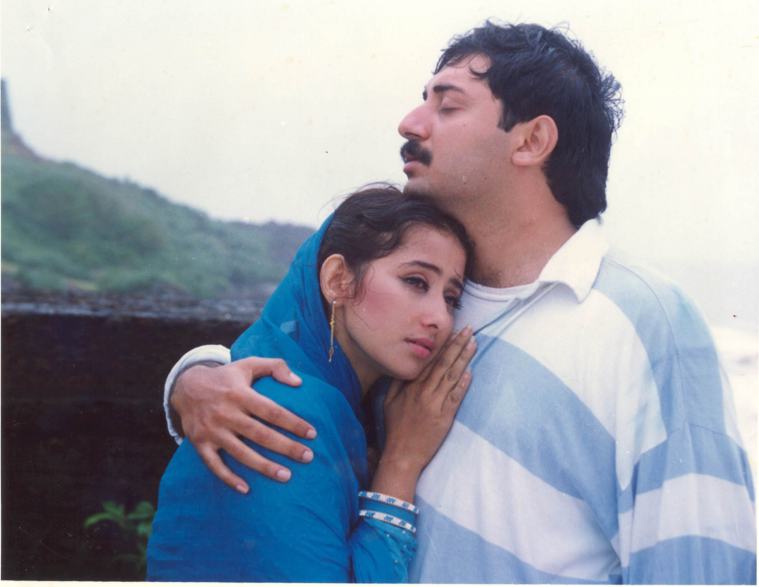 Manisha Koirala and Arvind Swamy in Bombay. (Express archive photo)
Manisha Koirala and Arvind Swamy in Bombay. (Express archive photo)
Mani Ratnam’s Bombay is about two people, very much in love and wanting nothing out of life except a safe and happy society where their unconventional union is, if not encouraged, at least accepted. Unconventional because it involves a Hindu man (Arvind Swamy) and a Muslim girl (Manisha Koirala). The director opens with Shaila Banu (Koirala) at a family function, an image of pure beauty performing on A R Rahman’s “Kehna hi kya”. It’s love at first sight for Shekhar (Swamy), whose father is worried that he will lose his son to the charms of Bombay and more disturbingly, to a woman of another caste. Bet he never saw the Hindu-Muslim angle coming. Shekhar is a normal, urban guy with middle-class aspiration. As sectarian violence between Hindus and Muslims in 1992-93 Bombay riot flares, nearly destroying his family, he refuses to align himself with either. “In your fight,” Shekhar’s emotional outburst goes, “why should ‘we’ suffer.” The choice of ‘we’ is interesting, and telling. He’s speaking of a middle-class urban India that’s happy to live in unity and diversity. The film’s happy ending, though well-meaning, is beset with message-mongering as a human chain forms around set to a Rahman hymn. Why this message of hope? As Ratnam explained in author Baradwaj Rangan’s Conversations with Mani Ratnam, defending the sanguine climax, “Bombay’s hope is my hope.”
Dilwale Dulhania Le Jayenge (1995)
‘Bade bade shehron mein aisi chhoti chhoti baatein hoti rehti hai’ – Raj Malhotra
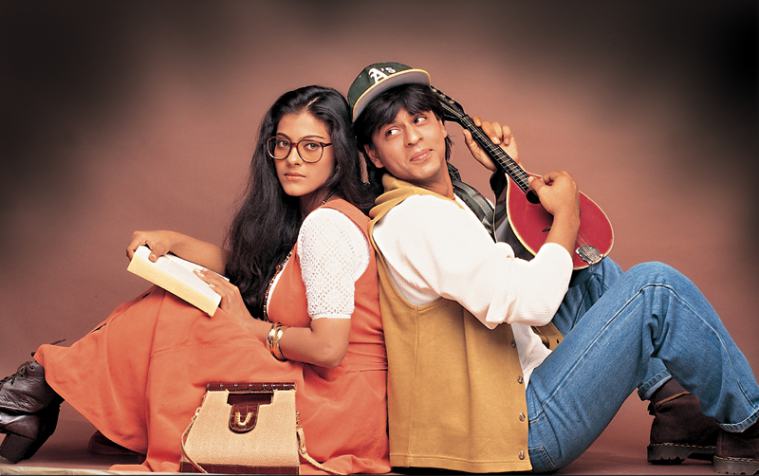 Kajol and Shah Rukh Khan in DDLJ. (Express archive photo)
Kajol and Shah Rukh Khan in DDLJ. (Express archive photo)
Aditya Chopra’s DDLJ has been an Indian obsession, spanning over two and a half decades. Indians of a certain generation have seen the film dozens of times, underscoring its cult status. Their devotion is fanatical, much of it reserved for Raj, the cocky NRI of DDLJ played with reckless charm by Shah Rukh Khan. If you want to judge a film’s popularity, quiz the audience about its ending. As far as endings go, this one’s a winner. Every self-respecting Hindi film fan knows how DDLJ ends. Wounded in love, Raj (Khan) desperately extends his hand to win Simran (a nerdy Kajol) in the end. Her overbearing father (Amrish Puri) grudgingly lets her go, with a line so popular that it has become a shorthand for youthful freedom and triumph of love. The line is (no guesses here), “Ja, Simran, ja jee le apni zindagi.” To middle-class Indians freshly coming to terms with economic freedoms, thanks to the much-maligned Dr Manmohan Singh, DDLJ opened the floodgates to Europe. This is a film where, among other gifts, the Chopracracy met Joharocracy. Karan Johar, who was an assistant on the film, along with Yash Raj, went on to set the tone for romance for a long time to come. Between them, these three gentlemen (Karan Johar, Aditya and Yash Chopra) are responsible for shaping (or destroying, depending on your opinion) our idea of romantic love, one Manish Malhotra outfit at a time.
Hum Aapke Hain Koun..! (1994)
‘Aaj pehli baar koi ladki hamari car ke front seat pe behti hai’ – Prem
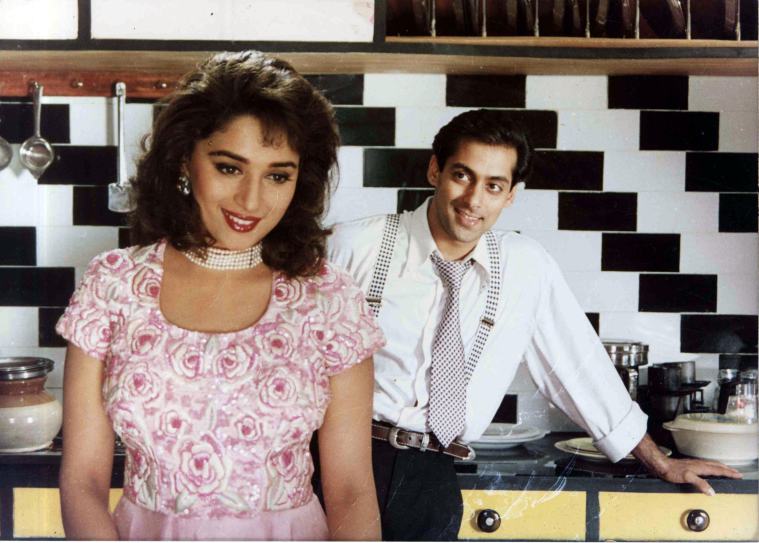 Madhuri Dixit and Salman Khan in Hum Aapke Hain Koun. (Express archive photo)
Madhuri Dixit and Salman Khan in Hum Aapke Hain Koun. (Express archive photo)
Often dismissed as a three-hour-long, star-studded wedding video, this Barjatya musical cast a seductive spell on its audience upon initial release. The die-hard fans, or the proverbial ‘repeat audience,’ kept flocking to Bombay’s Liberty cinema to watch it. What was so great in a film about a family that celebrates all festivities in-house, complete with song-and-dance and much merriment? This is surely a mythical family, even if, as some say, director Sooraj Barjatya based it on his own Marwari clan. If anything, the Barjatya romps are self-sustainable economies unto themselves, what with the many doctor chachas, professor mamas and lawyers and engineers ever-present in the family. At the heart of HAHK is a love story between Salman Khan and Madhuri Dixit, two of the leading actors at the time. After dozens of songs of flirtation and bantering conducted at endless family functions, love blooms. But soon enough, the lovebirds hit a roadblock. Dixit’s screen sister dies in a freak accident, leaving behind a young child. Khan’s Prem decides to sacrifice his love for the future of his brother (Mohnish Bahl). To Gen-Xers, HAHK may appear campy, but its impact on audiences of the time hasn’t gone unnoticed. The film even today ranks as one of the highest-grossing Bollywood hits of all time.
Qayamat Se Qayamat Tak (1988)
‘Agar hum kisi ke liye deewane ho gaye toh yeh koi zaroori toh nahi ke woh bhi hamare liye deewana ho jaye’ – Rashmi
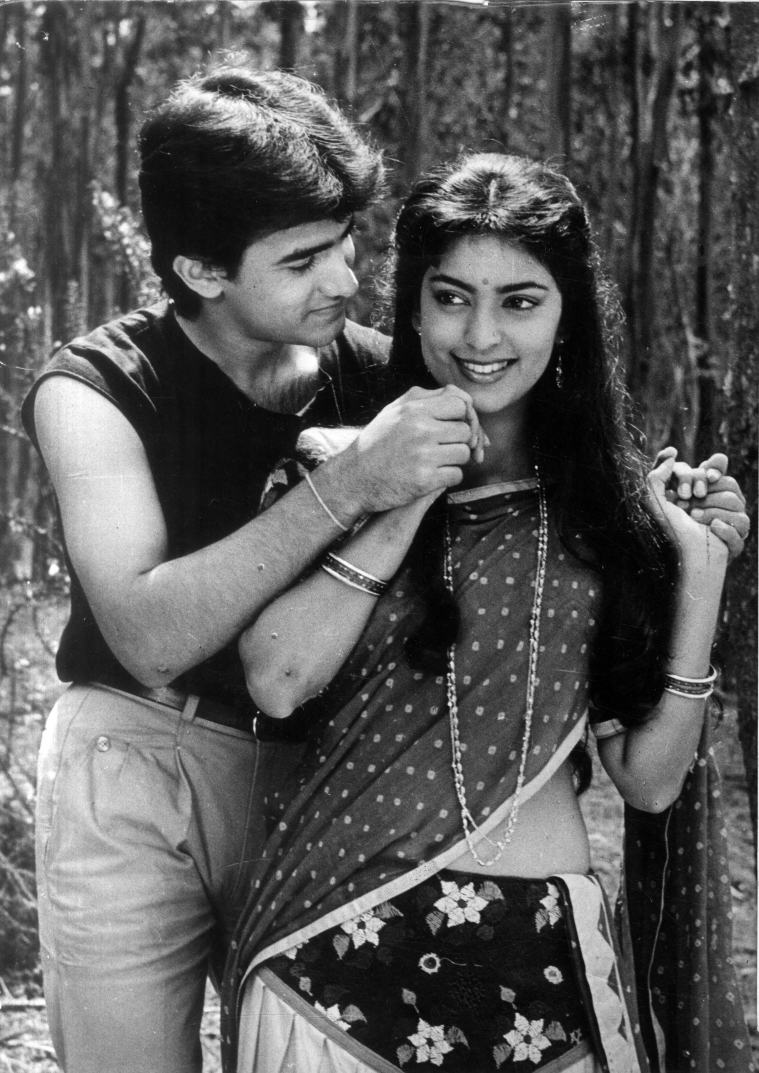 Aamir Khan and Juhi Chawla in Qayamat Se Qayamat Tak. (Express archive photo)
Aamir Khan and Juhi Chawla in Qayamat Se Qayamat Tak. (Express archive photo)
The 1980s marked a dry spell for Hindi cinema. The old guard, led by Amitabh Bachchan, was on its way out. In came the Khans. A young film, made by a crop of new faces, including director Mansoor Khan, Aamir Khan and Juhi Chawla, Qayamat Se Qayamat Tak stirred up excitement for an audience sick of the old ways. It wasn’t, by any means, the first film to inject youthful blood into Bollywood. To recall, Kamal Haasan’s hit-making Ek Duuje Ke Liye had walked the same path, way back in 1981. So, what was new in QSQT? With shades of Romeo-Juliet, the film followed the successful Nasir Hussain (Mansoor Khan’s father and Aamir’s uncle) formula of combining chartbuster music with a young couple eloping, giving the characters and audience ample lighter and dramatic moments of travelling, adventures and songs. The Khan-Chawla pairing defined much of the 1990s, and she went on to strike a great on-and-off-screen partnership with another Khan (Shah Rukh). QSQT typecast Aamir Khan as a chocolate boy. In some sense, he was the Raj Bollywood couldn’t have. Thinking aloud here — if he had succumbed to Rajdom one wonders if he would have become the profit-spewing discerning star-actor powerhouse that he is today.
Ijaazat (1987)
‘Ek sau sola chand ki raatein, ek tumhare kandhe ka til’ – Maya
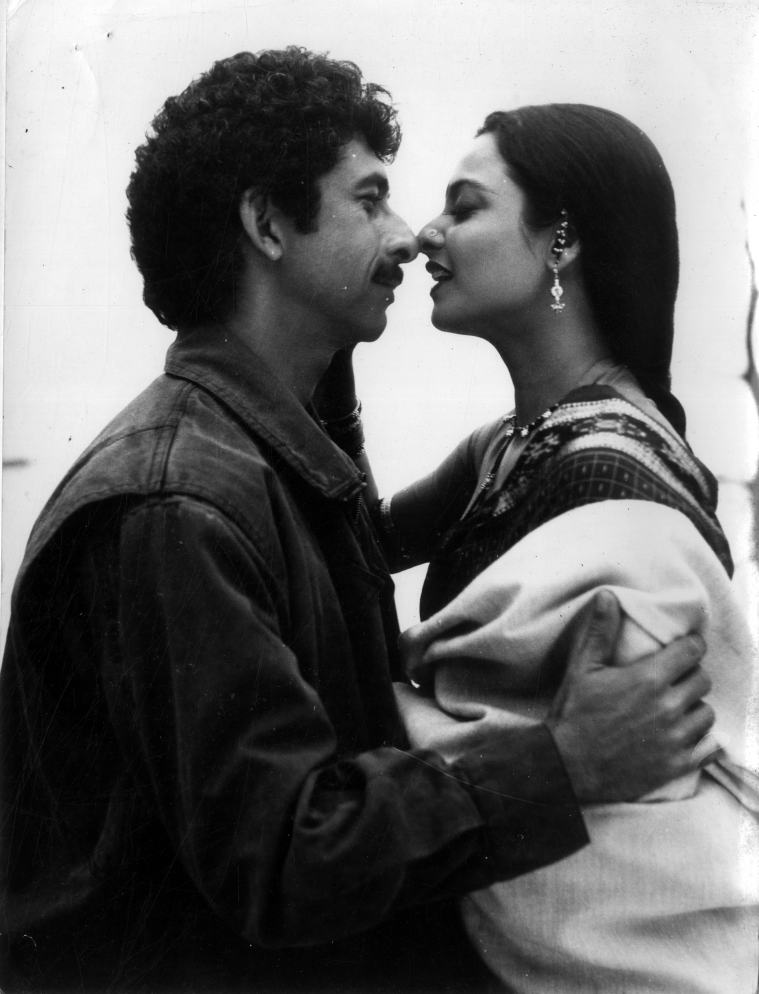 Naseeruddin Shah and Rekha in Ijaazat. (Express archive photo )
Naseeruddin Shah and Rekha in Ijaazat. (Express archive photo )
When asked in an interview about his most memorable creations, Gulzar, without hesitation, pointed to Mahender and Sudha from Ijaazat. A literary adaption typical of his directorial career, Gulzar’s Ijaazat opens in a railway waiting room that may, or may not, be a metaphor for ‘life.’ Gulzar is renowned for making younger actors look older. Often, he tries to give at least one character his own bespectacled look. Here, Sudha (Rekha) is the most Gulzar-like in what is the poet-filmmaker’s maturest work. When we first meet Sudha, she’s reading Rajiv Gandhi’s interview in Sunday magazine or probably just using it as a cover to hide her face from Mahender (Naseeruddin Shah). This is the closest the maker of Aandhi, modelled on Indira Gandhi, will get to politics in Ijaazat. For, it’s a deeply personal film about the intricacies of relationship and love. Sudha and Mahender meet briefly in the railway waiting room, reliving the times they were together. Between them is the constant shadow of Maya (Anuradha Patel). It’s to Gulzar’s credit that after watching the film neither do we hate the third wheel (Maya) for wrecking Mahender and Sudha’s happy marriage nor make a villain out of Mahender. The nub of Ijaazat is the near-impossibility of ‘past’ (maazi, as Naseer puts it, using the Urdu word) to be wished away even as this force called life has a way of finding its path like water (‘Zindagi hai behne do,’ as a wistful Rekha reminisces in “Katra katra”). The answer lies in another song, “Mera kuch samaan,” a musical equivalent of a night of nooky. Maya wants her things back – her rain-drenched heart left on his bedside, the mole on his shoulder and 116 moonlit nights. You can see that the director is in love with all his characters and treads cautiously so as to avoid doing injustice to anyone. To the docile Sudha, Gulzar is sympathetic, to the wild and impulsive Maya, he gives a poet’s sense of humour which is to say his own (“You had last called in 600 BC, when Gautam Buddha was alive,” she snaps at Mahender cradling her phone receiver) and to the passionate Mahender torn between Maya and Sudha, Gulzar gives him the elevated status of the title’s permission-giver. And yet, all characters get their respective resolution except Mahender. Sudha remarries and Maya dies. Mahender, the loneliest among them, is left to remake himself.
Kabhi Kabhie (1976)
‘Itni si baat aur afsana kar diya’ – Vijay Khanna
 Amitabh Bachchan and Rakhee in Kabhie Kabhie. (Express archive photo)
Amitabh Bachchan and Rakhee in Kabhie Kabhie. (Express archive photo)
Kabhi Kabhie is a movie by a filmmaker with nothing to prove. Yash Chopra made this multi-starrer, multi-generational love saga immediately after Deewaar and Trishul. For any other filmmaker, the making of this gigantic project – starring Amitabh Bachchan, Shashi Kapoor, Waheeda Rehman, Rakhee, Neetu and Rishi Kapoor – would have easily spanned a few years. But Chopra, the grand showman of romance, churned it out as a quickie. Like Ijaazat, Kabhi Kabhie swings achingly between past and present. This is probably Chopra’s most poetic film, as it reportedly interweaves life philosophies of Sahir Ludhianvi with Chopra’s personal understanding of love. Amitabh Bachchan, son of Harivansh Rai Bachchan, gets to play a poet after playing the aggrieved son in Deewaar and Trishul. He’s a father here, having quit poetry to join the family’s construction business (something that he badly wanted in the previous Trishul) and with that, he has left his troubled past behind. We have seen Shashi Kapoor and Amitabh Bachchan bond and spar before. But in Kabhi Kabhie, they continually surprise us. Where on one hand, Chopra adheres to conservative characterisation on the other, in Vijay (this time, Shashi Kapoor in Big B’s usual screen name), he gives us a man ahead of his time, with his progressive ideas about womanhood. He accepts his wife’s past and even has her recite her old flame’s poetry at their wedding. Years later, fun-loving Vijay’s bond with his son (Rishi Kapoor) finds echo in the relationship between Raj and his dad (Anupam Kher) in DDLJ. Characters like Vijay attest to Chopra’s rich history as a filmmaker, reminding us that he’s more than just king of romance and a ménage à trois specialist. The man who made Dhool Ka Phool, Dharmputra, Daag, Ittefaq and Lamhe has had his share of groundbreaking, first as a filmmaker with social consciousness and later, in more personal definitions of love and relationships. It’s interesting to note that in an interview with Karan Johar, Chopra called Kabhi Kabhie an “art film” and an “experiment in romance.” What a delicious irony that over the years this supposed “art film” has become an anthem of multi-starrer commercialism, probably the father of all Karan Johar blockbusters.
Chhoti Si Baat (1976)
‘Aurat kabhi pehle kadam nahin badhayegi. Yeh kaam mard ka hai’ – Colonel JNW Singh
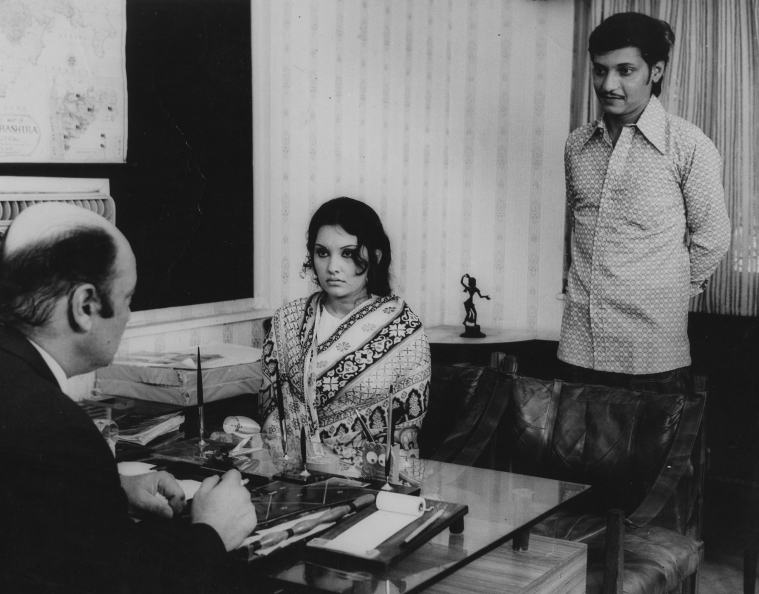 Vidya Sinha and Amol Palekar in Chhoti Si Baat. (Express archive photo)
Vidya Sinha and Amol Palekar in Chhoti Si Baat. (Express archive photo)
Amol Palekar of Chhoti Si Baat is Raj Koothrappali except that he does not drink. (He does occasionally smoke when alone, we later learn.) Smitten by the homely Prabha (Vidya Sinha), the shy Arun (Palekar) cannot muster up the courage to express his interest in her. At the same time, the street-smart ‘raaste ke kaata’ Nagesh (Asrani) is also fishing for Prabha. Enter Colonel Julius Nagendranath Wilfred Singh, who helps Arun overcome his timidity. This is Ashok Kumar in one of his gentler, latter-day old men roles that personified his stint with the middle cinema of Hrishikesh Mukherjee-Basu Chatterjee. In one stroke, the pipe-smoking colonel diagnoses Arun’s love problems simply as “improper conditioning, defective verbal communication, unstable self-evasiveness and unstable paranoiatical frustration.” It’s a classic “LLL case,” the colonel declares. Love’s labour lost. As the colonel assumes the mantle of Arun’s love guru, the little victories lead Arun towards the ultimate prize – Prabha, the woman of his dreams. So, what if it comes at the cost of Nagesh? PS: One of the colonel’s clients is Amitabh Bachchan, who shows up often in middle cinema, as a sort of playful, meta joke. In these moments, the lines between middle and commercial cinema blur and who better than Bachchan (who divided his time between Manmohan Desai-Yash Chopra on the one hand, and Hrishikesh Mukherjee-Basu Chatterjee on the other) as a bridge?
Junglee (1961)
‘Aankhon se pilane wale pooch rahe hai ki sharab pee hai tumne’ – Shekhar
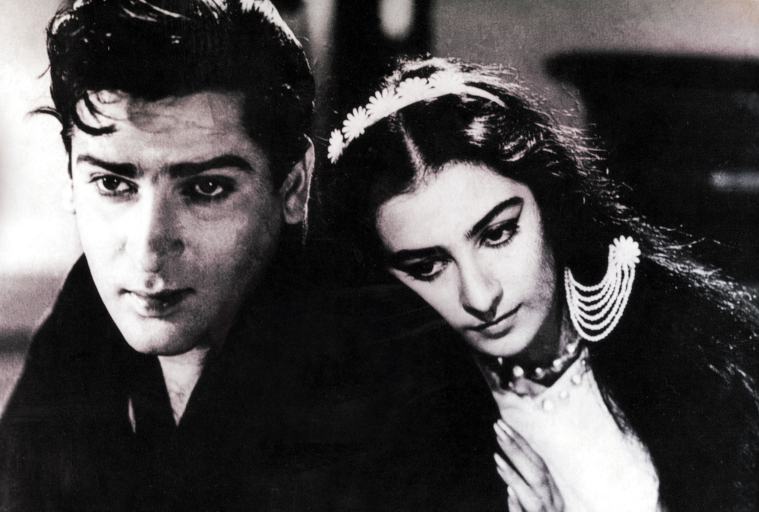 Shammi Kapoor and Saira Banu in Junglee. (Express archive photo)
Shammi Kapoor and Saira Banu in Junglee. (Express archive photo)
Usually, Shammi Kapoor is a fun guy to hang out with. But in Junglee, the rebellious star spends nearly half the film as a snobbish, no-nonsense heir of a wealthy family. Watch him in the song “Kashmir ki kali”, as Saira Banu tries to drag him out of his outer ‘sulk baby’ appearance. He likes to dismiss her in the anglicised “idiot” and “get out”. But it’s Kashmir. When has a Shammi Kapoor character ever resisted a romantic hill station? He falls in love, and in doing so, lightens up and learns how to live. There’s no villain here, unless you want to count the stern Lalita Pawar, the mother who rules her family with an iron fist. Junglee’s an adorable fluff, just the kind of distraction that a Shammi Kapoor musical promises. Many count Teesri Manzil as Kapoor’s best film, and while that may be true, Junglee is his most entertaining romp allowing the Yahoo star’s range – the schmaltzy excesses, energetic dance-and-song, emotional contrivances and frolic adventure – a full play. This as Shammi as you could get. Wild, mischievous and fun, Junglee set the box-office on fire with the “Yahoo” cry going to the grave with its bearer.
100 Bollywood movies to watch in your lifetime series | 10 socially relevant films from Bollywood | 10 essential Hindi crime thrillers | 10 book-to-film adaptations | 10 parallel cinema classics | 10 Bollywood gangster films | 10 Bollywood and indie movies from the 21st century | 10 Bollywood films that are so bad that they are hilariously good
Barsaat (1949)
‘Raaste par hoon aas lagaaye, aane waale aaja’ – Neela
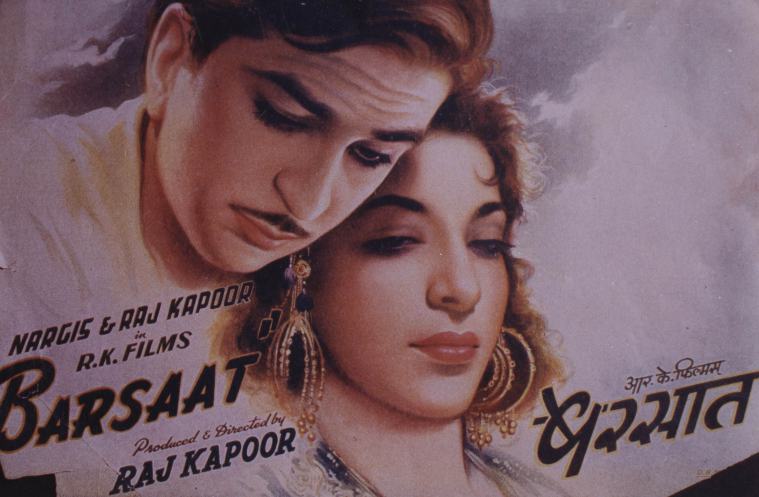 Raj Kapoor with Nargis in Barsaat. (Express archive photo)
Raj Kapoor with Nargis in Barsaat. (Express archive photo)
Barsaat established Raj Kapoor as a director to watch, with a film dripping in erotic energy. The plot follows him as a city boy who meets this girl from the hills (Nargis as Reshma). The ‘hills as epicentre of romance’ trope was later taken to high-decibel pinnacle by Raj’s brother Shammi Kapoor. In Barsaat, Kapoor fills the frame with a moody and suggestive fragrance, befitting his role of a poet. One iconic romantic scene, with Kapoor playing the violin and a love-struck Nargis in a passionate embrace, is said to have inspired the RK Films emblem. Kapoor’s co-star is Prem Nath, a womaniser who will mend his ways in the end. There are no major conflicts in the plot. What’s worth watching is the electric Kapoor-Nargis chemistry. Were they in love during the filming? Their intimacy says it all. Aag, the RK banner debut in 1948, was the start of Raj Kapoor-Nargis on-screen match-up. Other reasons for the film’s enduring appeal are the songs. Sublime and burning with intensity, Barsaat is one of Shankar-Jaikishan’s tallest masterpieces, each song making its own statement. Would it be wrong to say that the musical classics such as “Jiya beqarar hai”, “Barsaat mein humse mile” and “Hawa mein udta jaaye” have outlived the film?
Photos
Apr 19: Latest News
- 01
- 02
- 03
- 04
- 05











